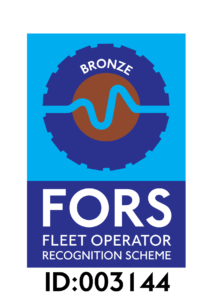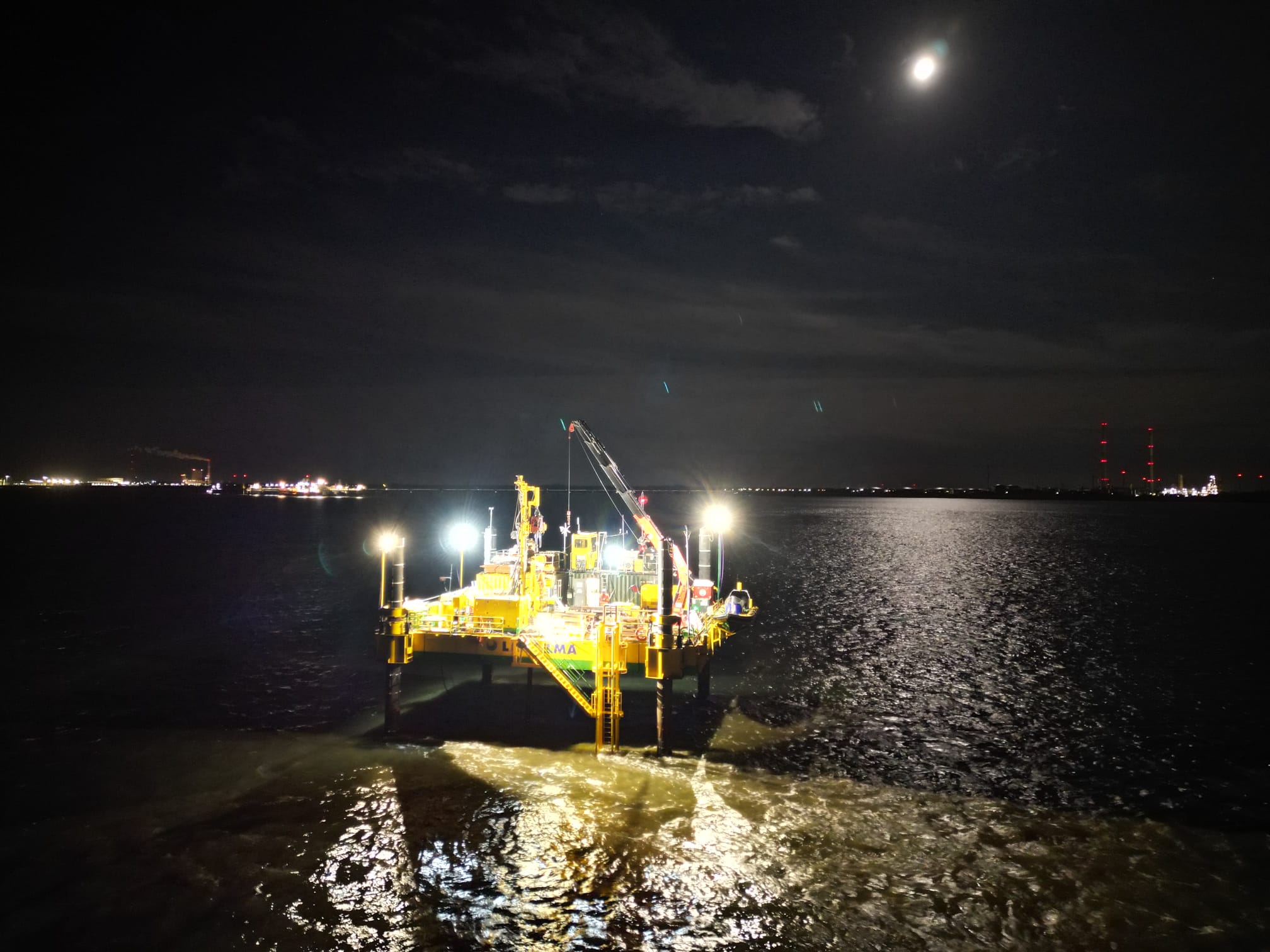
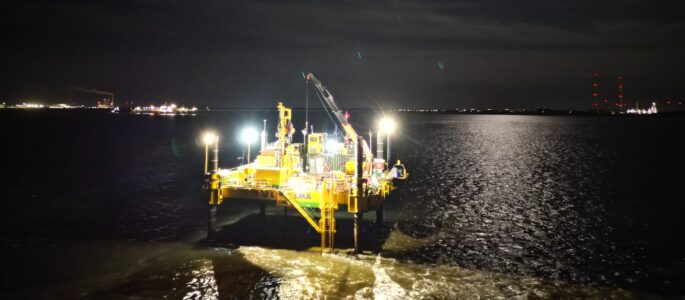
Geotechnical investigations are critical for nearshore construction projects, providing valuable insights into the properties of the seabed. With the right data, these insights are used by engineers to help make informed decisions about foundation design and construction methodologies, ensuring the stability and integrity of marine structures.
Recently, we embarked on a unique project, one that deviated from the standard multi-stage approach due to an accelerated construction timeline. This project involved our Jack Up Platform (JUP) ‘Sandpiper’, and demanded a comprehensive assessment of seabed conditions.
To successfully execute this accelerated investigation, we employed a combination of Cone Penetration Testing (CPT) and Rotary-Sonic Drilling methods.
Our Nearshore Manager, David Portsmouth, provides details of the approach and insights into the challenges and opportunities the project presented.
So David, would you mind telling us a bit about the project…
The project was on behalf of the German Government who are looking at upgrading and expanding one of their gas storage facilities just off the coast of the Jade River in Lower Saxony, North West Germany. It was to be started and completed quickly due to a compressed construction timeline. Data from drilling and CPT were required to inform pile design and dredging operations.
You mentioned there that you were using both CPT and sonic drilling on the project. Can you tell me more about that?
CPT data provides information such as the sediment type, strength and density whereas drilling and sampling allows these sediments to be physically acquired so that the soil type and engineering parameters can be confirmed or augmented, or simply provide information not available from the CPT.
We used the Sandpiper JUP to deploy both drilling and CPT techniques. Our CPT was provided by a custom made ‘Top Push’ system that worked in unison with our dual head (sonic/rotary) sonic rig. We were tasked with testing and sampling to some 75m below seabed.
The advantage of top push over downhole CPT is that you get a continuous profile of data, whereas with downhole CPT, pushes are generally limited to either 1.5m or 3m. Depending on ground conditions, single pushes to approximately 60m are achievable in medium dense sand. If ground conditions are too dense, we simply drill out the tested sediments and push again to the desired depth or swap to our down hole CPT system.
Why did you choose to use sonic drilling on this project then, instead of just collecting CPT data?
Our dual head rig is dedicated to the Sandpiper and is always equipped with rotary and sonic drill strings, providing assurance that data can be collected to the required depth should the CPT refuse. Sampling was also specified in the contract. However, the relative quantities of rotary coreable cohesive soil and sonic drillable coarse soil was unknown, so having versatility was paramount. The versatility when drilling is paramount. It provides the Client and Lankelma with numerous options in case of unforeseen ground conditions. It also allows us to provide Class 1 samples from varying strata.
Did you encounter any problems on the job?
One of the issues we did have was tidal velocity, or the speed of the current when the tide turned. It was in the region of three to four knots, maybe a little bit more. The speed of the tide hindered our work as we could only move and deploy at slack tide.
In reality, it meant we had to be specific and efficient when we moved the jack up. Battling with the force of the current on our equipment took a bit of research. We had to try and direct some of that tidal flow away from the conductor casing.
We modified the conductor casing allowing us to deploy when there was still some tidal flow rather than waiting for almost zero tidal flow. A slack tide is usually about an hour, but in the Jade River, it was only about 20 minutes. The project overall went very well.
And, now they have this data, what’s the next step for them?
All laboratory testing and reporting is complete. The designers have everything they need to start planning and then construction. I understand that main contractors were scheduled to start piling 4-5 weeks after the site works were completed.
“Working as a client representative on board of the Sandpiper, I had good experiences with the crew and the onshore staff. The communication with the onshore staff as well as with the crew was smooth and transparent which I appreciated since it created a pleasant working atmosphere for both parties. It was clear to me that obtaining quality data was very important for Lankelma which was reflected in their detailed and qualitative data logs and reports.”
– Kevin Vivile, Project Engineer at IMDC
For more case studies like this one, head over https://www.lankelma.com/case-studies/ or book a call with one of our experts today.
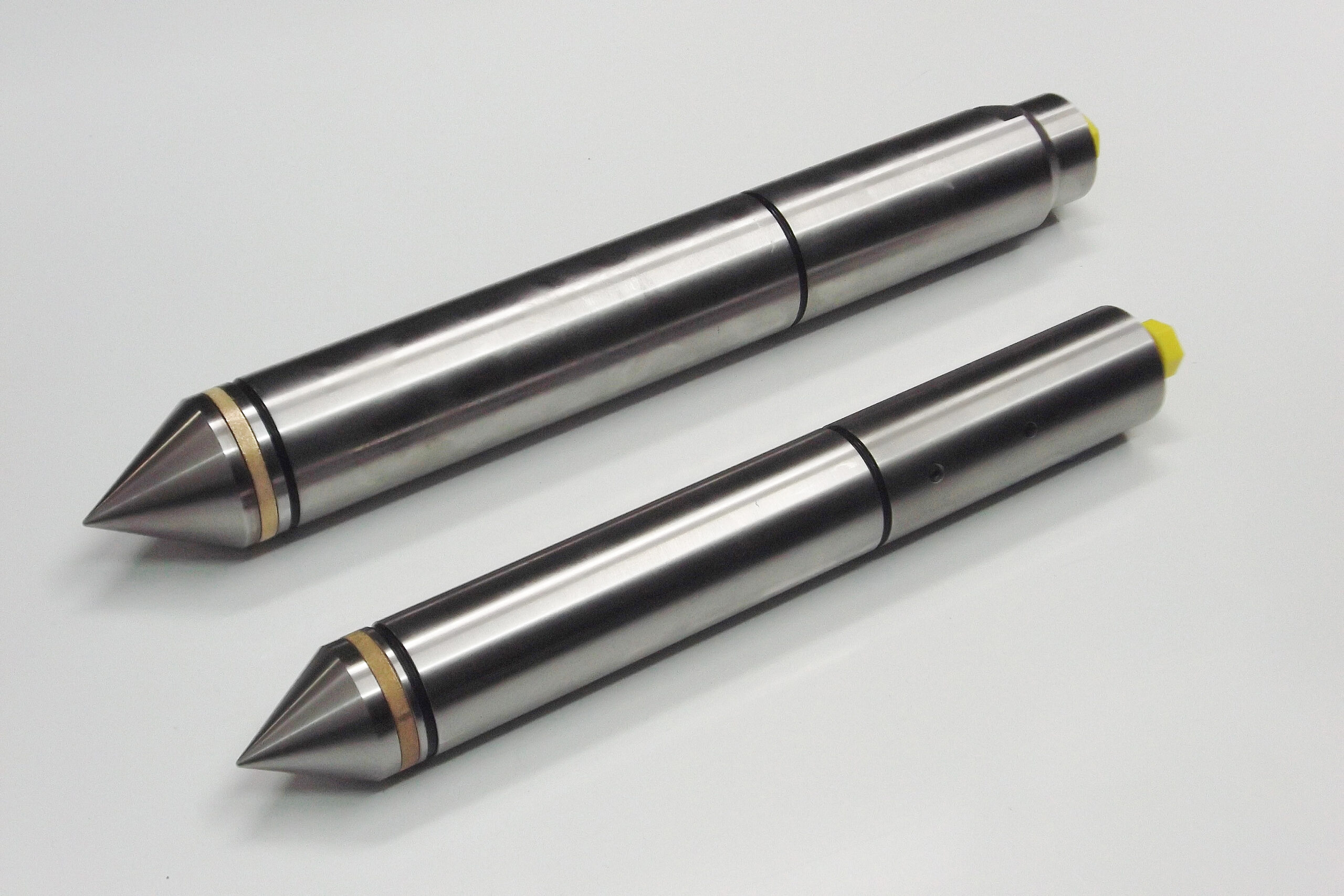
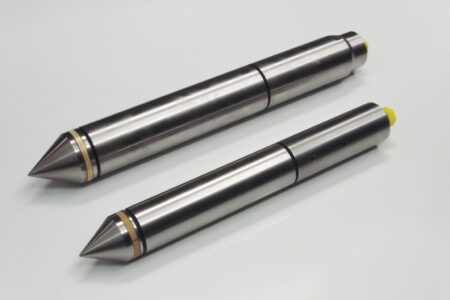

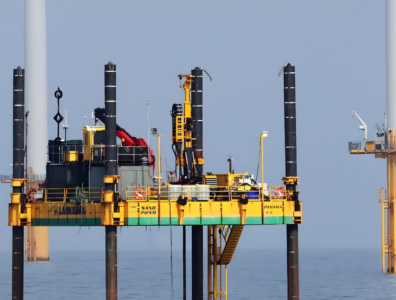


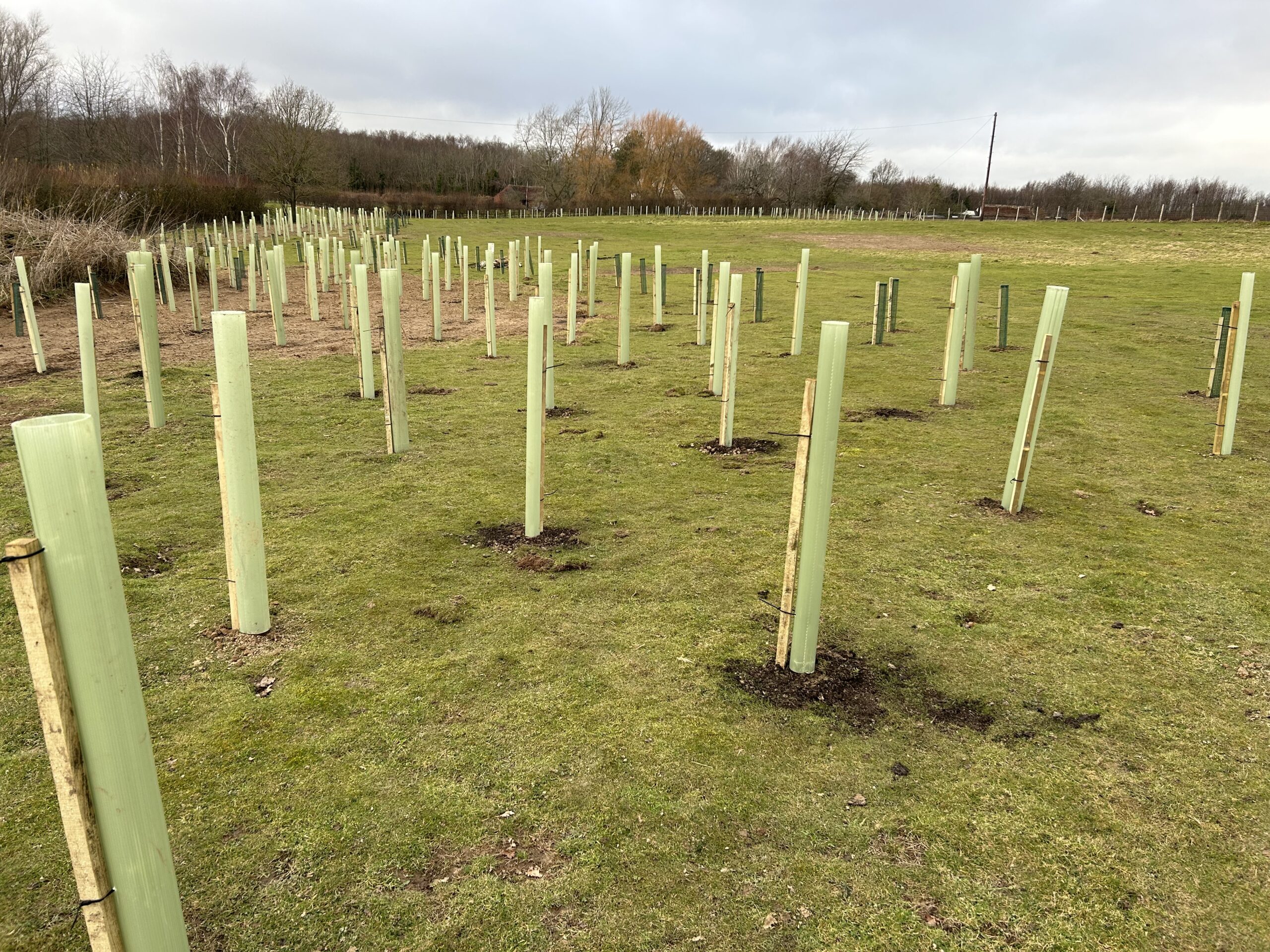
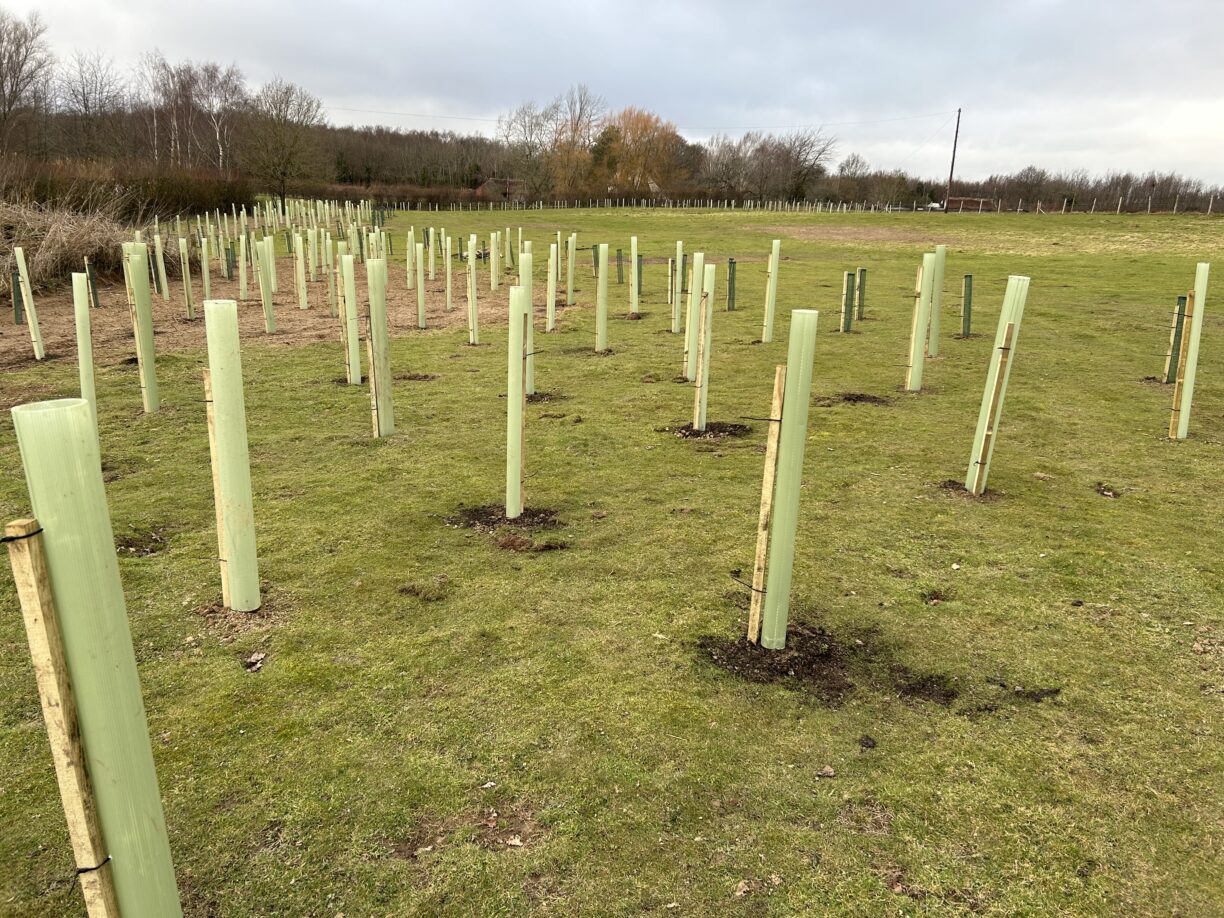
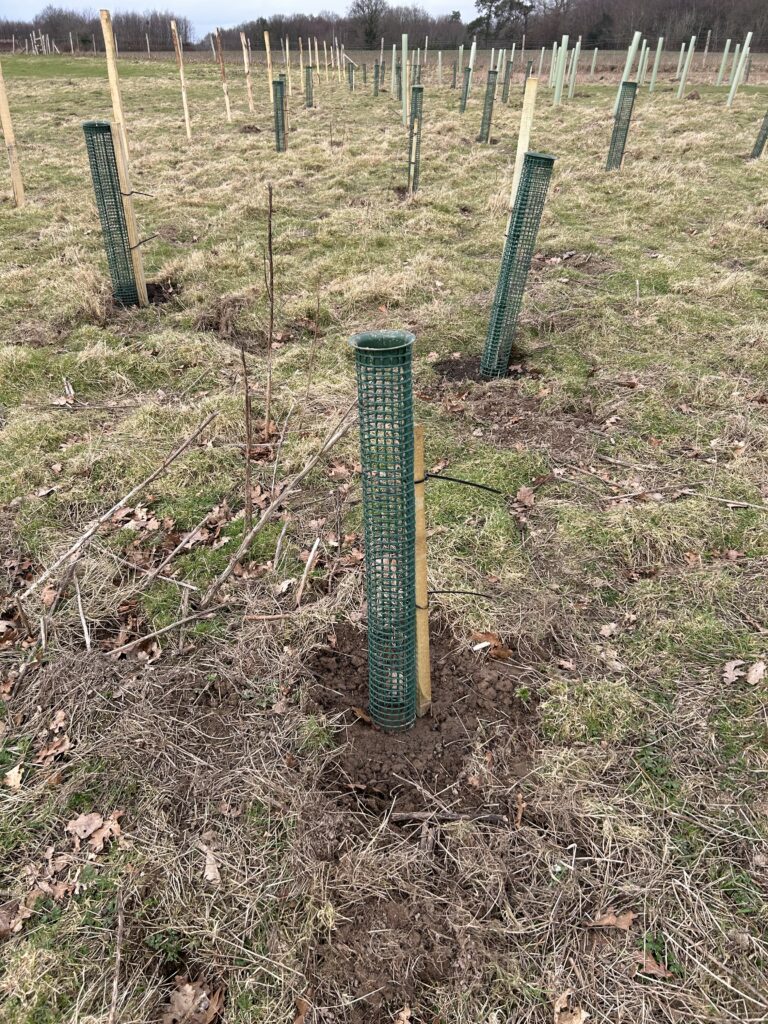
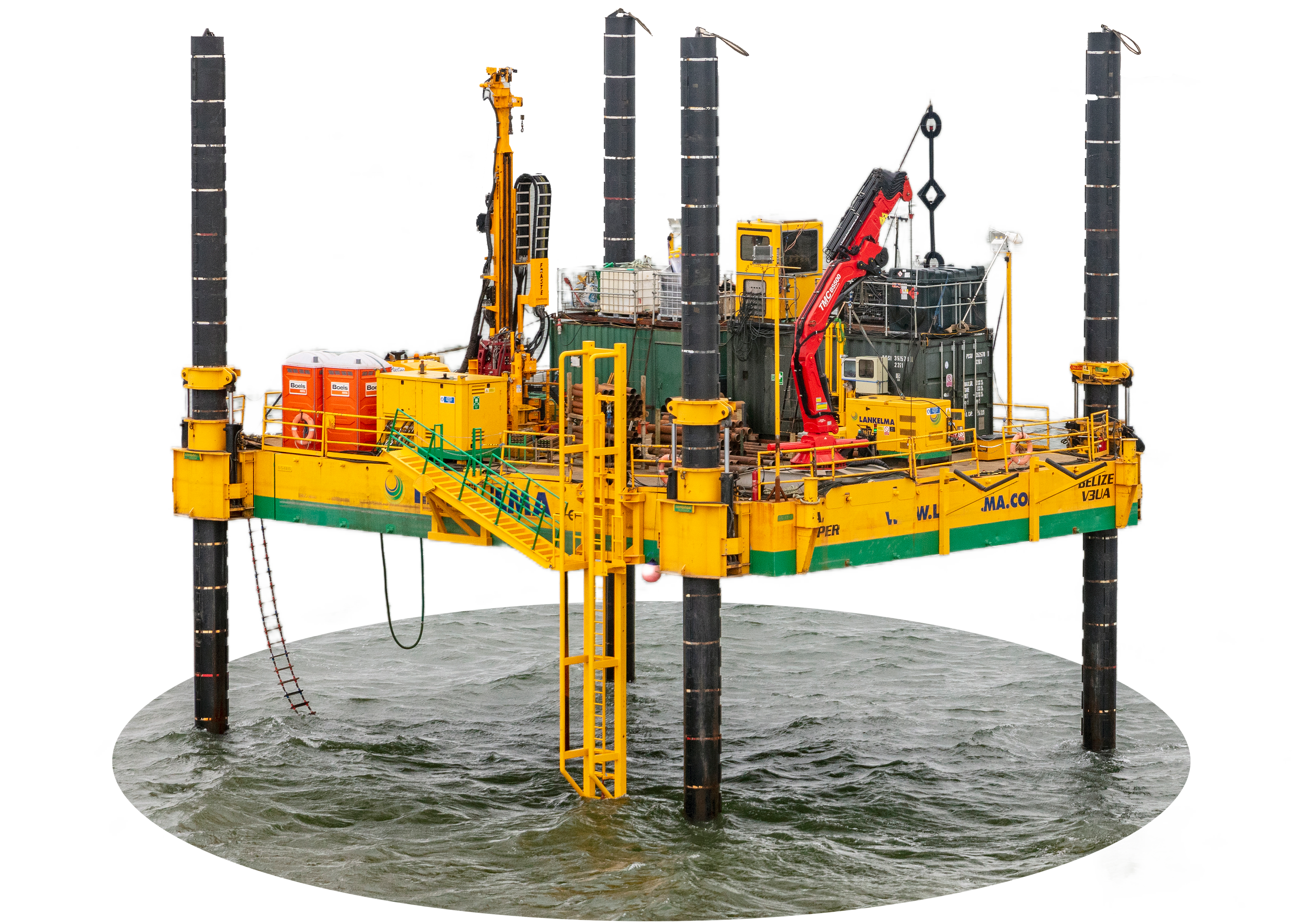
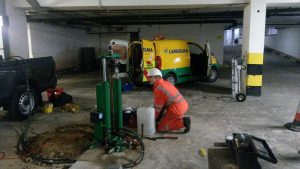 The combination of our lubricating module and CPT rams proved invaluable on a basement car park investigation in central London in October.
The combination of our lubricating module and CPT rams proved invaluable on a basement car park investigation in central London in October.

